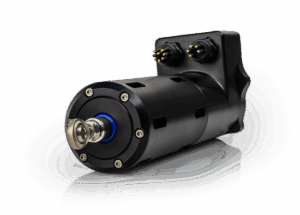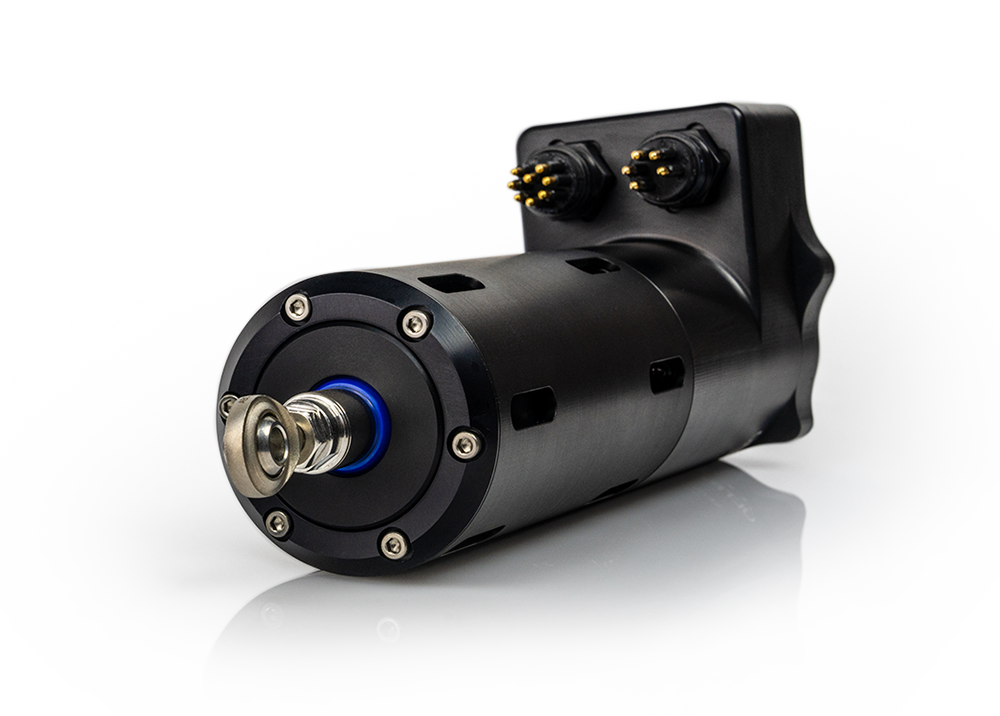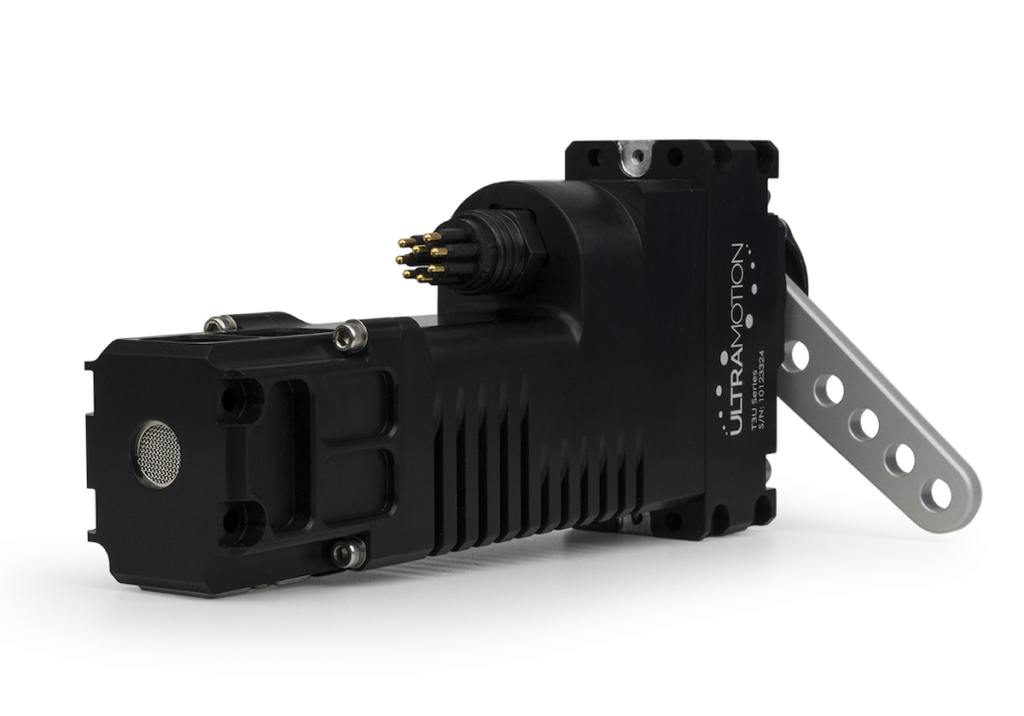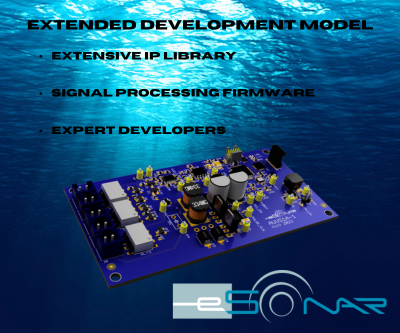Industries and Innovations
Offshore energy
Servo cylinders are crucial in offshore energy systems, where their precision and reliability help manage complex subsea infrastructure. They are commonly used to manipulate valves on underwater wellheads, position subsea sensors for real-time data acquisition, and stabilize floating or fixed offshore platforms. Their electric operation reduces reliance on hydraulic systems, improving environmental safety and simplifying maintenance in remote offshore locations.
Naval and defense
In naval applications, servo cylinders are integral to mission-critical systems such as periscope deployment, rudder control, torpedo hatch operation, and retractable masts. Their sealed construction and resistance to shock and vibration make them ideal for shipboard and submarine environments. These actuators offer precise control, contributing to the agility, stealth, and responsiveness of advanced naval platforms.
Marine robotics and ROVs
The compactness and programmability of servo cylinders benefit remotely operated vehicles (ROVs) and autonomous underwater vehicles (AUVs). These actuators enable dynamic control of manipulator arms, thrusters, and payload systems. Their closed-loop feedback allows for adaptive positioning and force regulation during complex underwater tasks such as inspection, maintenance, and biological sampling.
Oceanographic research
Servo cylinders are increasingly used in ocean science instrumentation where delicate motion is required to handle sensors, sample collectors, and underwater measurement tools. The ability to deliver repeatable, high-precision movements at great depths ensures the integrity of data collected from fragile ecosystems. Researchers favor electric linear actuators for their silent operation, low maintenance, and minimal ecological disturbance.
Aquaculture and subsea infrastructure
In commercial aquaculture, servo cylinders are used to control automated feeding systems, adjust underwater cameras, or operate gates and valves in submerged pens. Similarly, in subsea infrastructure projects like pipelines and communication cables, these actuators help guide alignment mechanisms and deploy stabilization devices. Their corrosion resistance and longevity make them ideal for continuous operation in saltwater environments.









